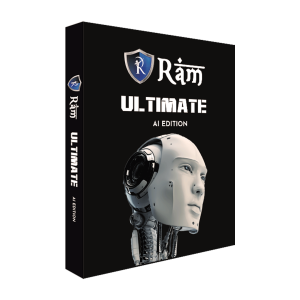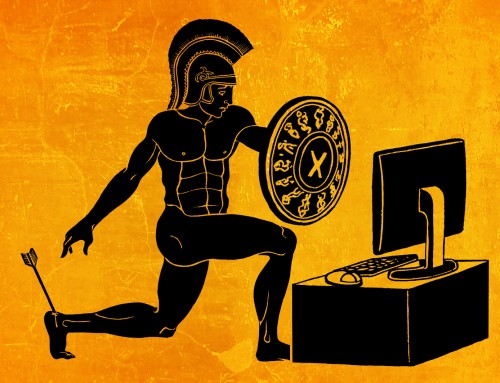Trojan
The term “Trojan” in the context of cybersecurity refers to a particular class of malicious software that poses as a trustworthy application while actually harboring harmful intentions. This malware infects unsuspecting systems, giving attackers unauthorized access and control, and is modeled after the Trojan Horse tale from classical Greek literature. The nature of Trojans, their methods of operation, and the possible risks they pose to people and organizations are all covered in this article.
What is a Trojan
A Trojan, also known as a Trojan horse, is a type of malware used to trick users by masquerading as safe programs or files. To trick users into downloading or running malicious code, it typically uses social engineering techniques. Trojans frequently pose as well-known programs, games, or even media files to take advantage of users’ trust in well-known software.
Modes of Operation
Trojans can enter a system through a number of channels, including email attachments, compromised software downloads, infected websites, peer-to-peer file-sharing networks, and infected websites. They can be divided into various types according to how they function:
Backdoor Trojans
These Trojans build a “backdoor” into the compromised system, giving the attacker remote access and control. They may allow unlawful actions like data theft, surveillance, or even the conversion of the system into a botnet.
Trojans known as keyloggers record keystrokes and intercept sensitive data, including passwords, credit card numbers, and personal information. Attackers may use this information for financial fraud, identity theft, or unauthorized access to online accounts.
Trojans that specifically target financial transactions are known as “banking Trojans,” and they intercept and manipulate data in order to steal money or access banking credentials. To accomplish their objectives, they frequently use strategies like form grabbing, web injection, or screen capturing.
While frequently included in a separate category, ransomware frequently uses Trojan techniques for initial infiltration. Once inside, it encrypts files and demands a ransom in return for the key to decrypt them. Attacks by ransomware have recently resulted in sizable monetary losses and operational disruptions.
Trojans for remote administration (RATs): RATs give attackers total control over infected systems, enabling them to carry out a variety of tasks like file manipulation, surveillance, or even the start of additional malware downloads.
Prevention and Protection
Users and organizations can adopt the following best practices to protect themselves against Trojans:
Update your software: Update operating systems, programs, and security software frequently to fend off known security holes that Trojans take advantage of.
Use caution when downloading files, and only do so from reliable sources. Email attachments should be avoided, especially those coming from senders you don’t know or those asking for private information.
Install trustworthy antivirus programs
Install reliable security tools with real-time scanning, malware detection, and removal features.
Enable a firewall to prevent unauthorized access to your system by keeping track of incoming and outgoing network traffic.
Use safe browsing practices by avoiding dubious websites, clicking on unidentified links, and downloading files from dubious sources.
Trojan horses use deception to enter systems and compromise sensitive data, posing a serious threat to both individuals and organizations. In order to avoid Trojan infections, awareness, and caution are essential. Users can lessen the risks brought on by these covert adversaries by maintaining knowledge, implementing sound security procedures, and utilizing dependable security software. To maintain a secure digital environment, keep in mind that caution and skepticism are essential when it comes to Trojans.
Trojan horse is a form of malware that captures important information about a computer system or computer network. RAM Antivirus is used to protect against viruses. Trojans are detected by RAM antivirus. Resident and non-resident viruses are two types of viruses.
RAM Antivirus installing and using a reliable antivirus solution is also one of the best ways to get rid of Trojans. An effective antivirus program looks for valid trust and application behaviors and Trojan horse signatures in files to quickly detect, isolate, and then remove them.








